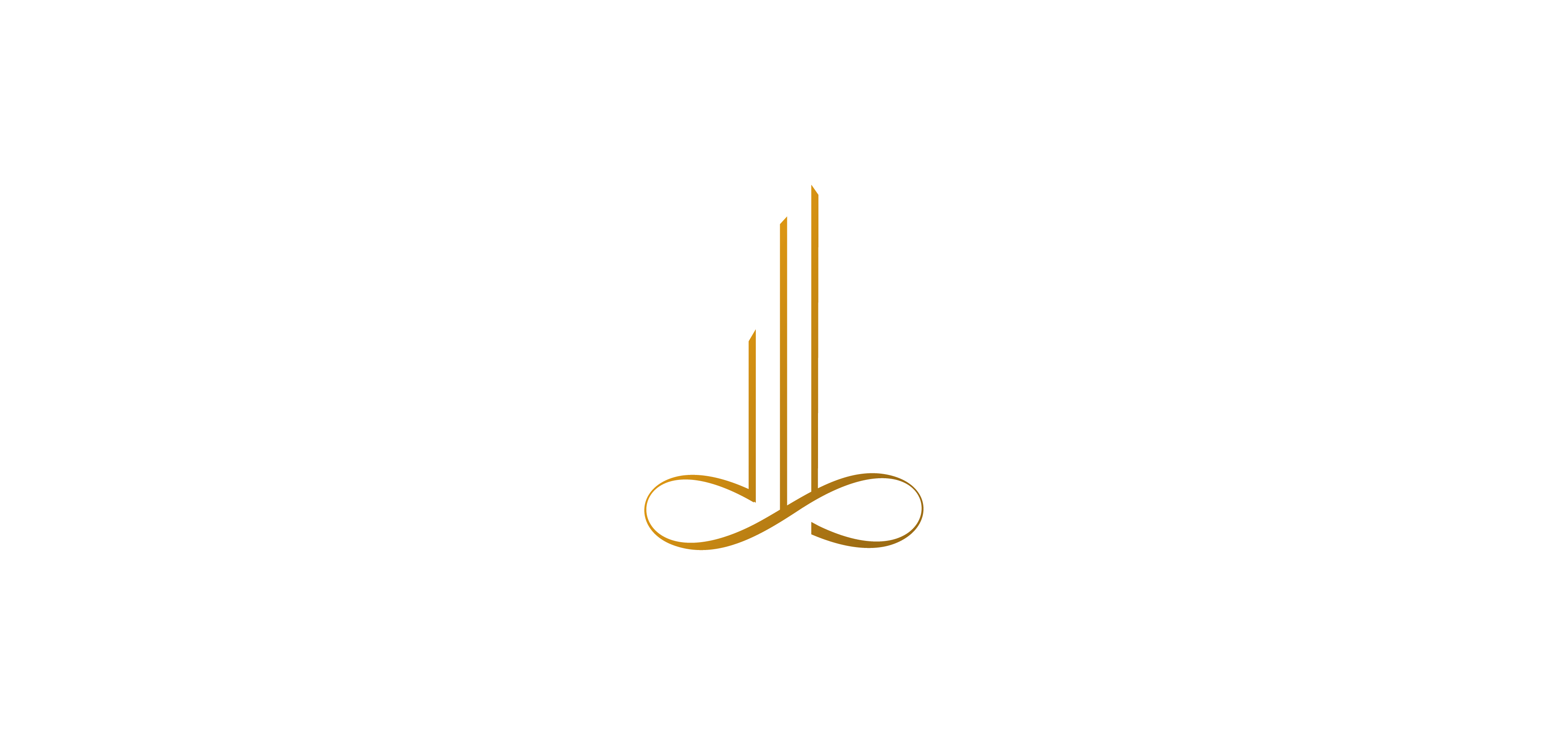Exploring the World of Fine Wines and Spirits: A Guide to the Most Exclusive Bottles
 |
| Exploring the World of Fine Wines and Spirits: A Guide to the Most Exclusive Bottles |
Introduction
The History of Fine Wines
In the Middle Ages, monasteries played a significant role in the production and distribution of wine. They were responsible for preserving and improving wine-making techniques and were also responsible for the spread of wine production throughout Europe. The Renaissance period saw the birth of fine wines and spirits, with wine becoming a luxury product and a status symbol among the wealthy and elite.
Factors that Determine the Quality of Fine Wines and Spirits
The climate is also essential because it affects the grape's ripening process. The winemaking process is critical because it affects the wine's flavor, color, and aroma. The aging process is also essential because it affects the wine's texture, aroma, and taste.
The Most Exclusive Bottles of Wine
Chateau Lafite Rothschild 1787: This wine is considered the most expensive bottle of wine in the world. It is rumored to have been owned by Thomas Jefferson and was sold for $156,000 in 1985.
Romanee-Conti Grand Cru 1945: This wine is considered the most expensive bottle of wine ever sold at auction. It was sold for $558,000 in 2018.
Screaming Eagle Cabernet Sauvignon 1992: This wine is one of the most exclusive and expensive wines in the world. It was sold for $500,000 in 2000.
Chateau Margaux 1787: This wine is rumored to have been owned by Thomas Jefferson and was sold for $225,000 in 1989.
Penfolds Grange Hermitage 1951: This wine is considered the most expensive Australian wine in the world. It was sold for $38,420 in 2004.
The Role of Fine Wines and Spirits in the Hotel Industry
Hotels with wine cellars and sommeliers are becoming increasingly popular, and they offer guests a unique and memorable experience. A good wine list can be a selling point for a hotel, and hotels with an extensive wine list often attract wine enthusiasts and connoisseurs. In addition, hotels often host wine tasting events and wine pairing dinners, which are popular with both locals and tourists.
The Benefits of Wine Tourism
Wine tourism offers several benefits, including the opportunity to learn about the wine production process, taste local wines, and experience the local culture. Wine tourism also supports the local economy, and it can help to promote sustainable agriculture and eco-tourism. In addition, wine tourism can be a social activity, and it provides an opportunity to meet like-minded people who share a passion for wine.
Emerging Trends in the World of Fine Wines
Another emerging trend is the use of technology in wine production. Winemakers are using advanced technology to monitor and control the winemaking process, which can lead to higher-quality wines. In addition, technology is being used to improve the wine-tasting experience, with the use of virtual reality and augmented reality technology.
Finally, there is a growing trend towards alternative packaging for wine, such as cans and pouches. Alternative packaging is more convenient, lightweight, and environmentally friendly than traditional glass bottles. Alternative packaging is also more accessible and can appeal to a younger generation of wine drinkers.
Conclusion
Sources
- "The World Atlas of Wine" by Hugh Johnson and Jancis Robinson
- "The Oxford Companion to Wine" edited by Jancis Robinson
- "The Wine Bible" by Karen MacNeil
- "The New Wine Rules" by Jon Bonne
- "The Business of Wine: An Encyclopedia" by Geralyn Brostrom
- "Sustainability in the Wine Industry: Key Questions and Research Methods" by José Antonio Vallejo and Carlos Mateo
- "Wine Tourism Around the World: Development, Management and Markets" edited by C. Michael Hall and Liz Sharples
- "The Future of Wine Packaging" by Stephanie Cain in Wine Enthusiast magazine
- "The Use of Technology in the Wine Industry" by Martin Kuplens-Ewart in Wine Business Monthly
FAQs
What is the role of fine wines in the hotel industry?
Fine wines are a crucial component of the hospitality experience in high-end hotels, and an extensive wine list can be a selling point for a hotel. Hotels with wine cellars and sommeliers often attract wine enthusiasts and connoisseurs, and wine tasting events and wine pairing dinners are popular with guests.
What are the benefits of wine tourism?
Wine tourism offers several benefits, including the opportunity to learn about the wine production process, taste local wines, and experience the local culture. It also supports the local economy and can promote sustainable agriculture and eco-tourism. Wine tourism can also be a social activity and provide an opportunity to meet like-minded people who share a passion for wine.
What are some emerging trends in the world of fine wines?
Some emerging trends in the world of fine wines include the focus on sustainability and organic wines, the use of technology in wine production and wine-tasting experiences, and the growing trend towards alternative packaging for wine, such as cans and pouches.
What are some good sources to research fine wines and wine tourism?
Some good sources to research fine wines and wine tourism include "The World Atlas of Wine" by Hugh Johnson and Jancis Robinson, "The Oxford Companion to Wine" edited by Jancis Robinson, and "Wine Tourism Around the World: Development, Management and Markets" edited by C. Michael Hall and Liz Sharples. Other sources such as academic journals, industry reports, and reputable wine magazines can also provide valuable information.
What are some factors to consider when creating a fine wine collection?
Several factors need to be considered when creating a fine wine collection, including the budget, storage conditions, and the personal preferences of the collector. Other factors such as vintage, region, and producer reputation can also influence the value and quality of the wines in the collection. Working with a reputable wine merchant or sommelier can also be helpful in selecting and curating a fine wine collection.






.jpg)